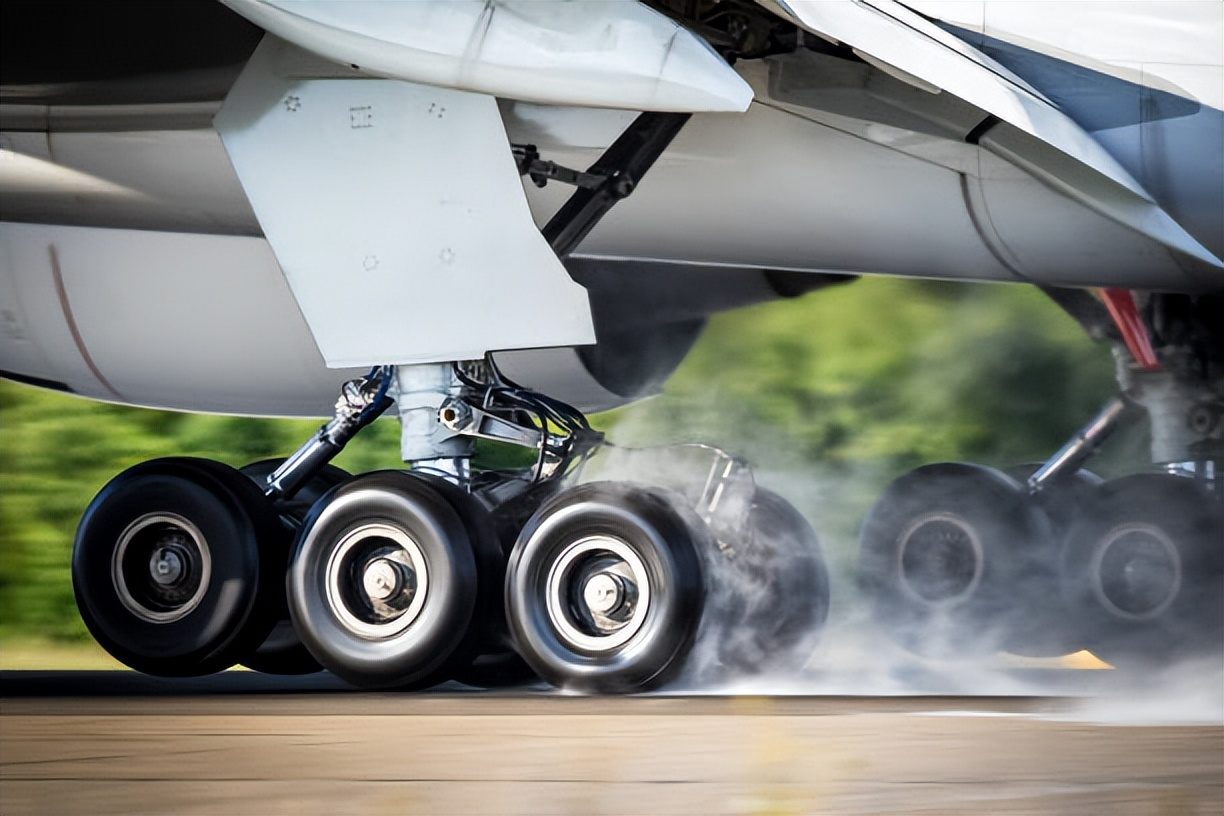In helicopter operations, safety and efficiency rely heavily on having a stable and reliable landing surface. Whether supporting air ambulance services, military missions or remote construction projects, specialized landing mats provide a critical solution. These systems create safe, temporary landing zones that protect the environment, prevent brownout conditions and enhance overall safety for pilots, crew and aircraft.
Enhancing Flight Safety
Helicopter landings on loose or uneven terrain can create dust clouds referred to as `brownouts`. These can obscure visibility, disorient pilots and increase the risk of accidents. Specialized matting systems eliminate this hazard by stabilising the surface and suppressing dust. The result is a clear and controlled environment during take off and landing. Additionally, these mats provide a smooth, level surface that reduces the risk of rotor or landing gear damage caused by rocks, holes or soft ground.
Environmental Protection
Beyond improving safety, landing mats also protect the natural environment. Helicopter operations can damage grasslands, compact soil or cause erosion – especially in sensitive ecosystems By evenly distributing the aircrafts weight, matting prevents soil disturbance and preserves vegetation. By preventing Foreign Object Debris (FOD) being kicked up by rotor wash, the landing mats assist in extending the lifespan of the helicopter which minimises costly repairs.
Operational Flexibility
Speed and adaptability are key advantages of helicopter matting. These systems are designed for rapid deployment, making them ideal for both temporary or emergency landing zones. Their all weather capability ensures that helicopters can operate safely in muddy, sandy or rain soaked environments. This includes facilitating scenarios such as disaster response, firefighting, offshore operations or military exercises.
Logistical Efficiency
Helicopter matting systems are not just about safety, they are also a smart investment. By minimising aircraft wear and tear, they significantly reduce maintenance expenses. Their modular, interlocking design allows users to customize the size of the landing zone and easily transport and reuse the system for various projects, making them a highly cost-effective solution.






